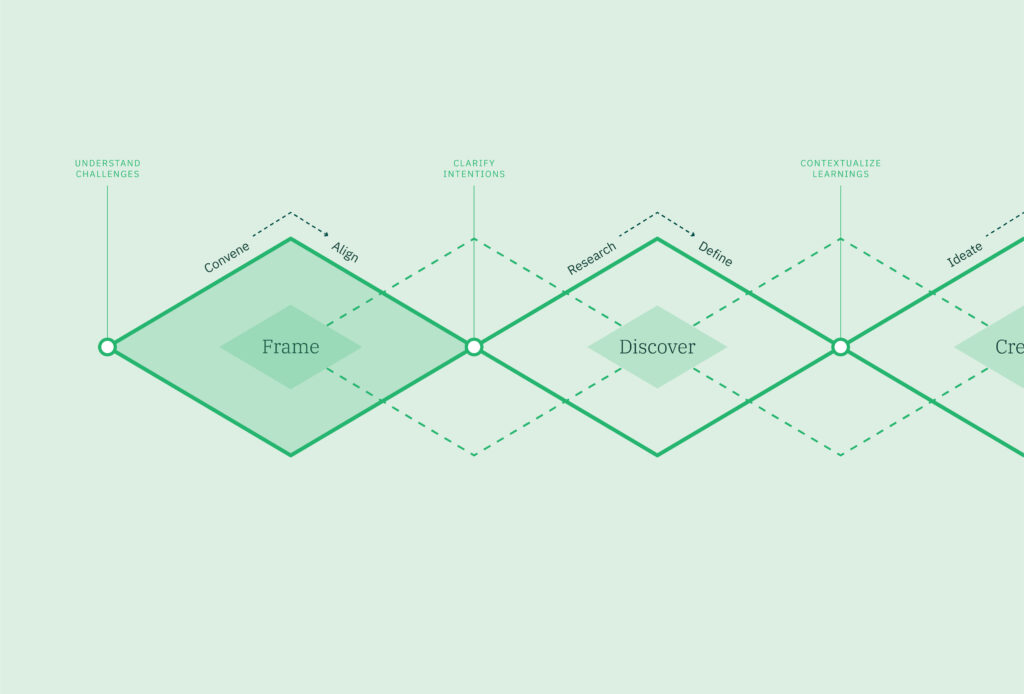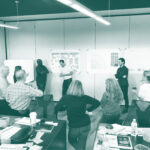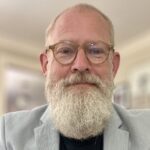Much of our work at Further Degree begins with the act of Framing. Framing helps us make explicit the intent of our work together. It’s a process of building empathy for/with the people we are designing for. Famed architect and TED conference founder, Richard Saul Wurman, once said that “the classic, pervasive seduction to designers has been to find a solution instead of the truth.” Our best, most impactful work starts with this truth-seeking.
“The classic, pervasive seduction to designers has been to find a solution instead of the truth.”
Richard Saul Wurman
Framing seeks to answer questions like:
Why are we undertaking this initiative or project?
What do we hope to gain?
What do we stand to lose if we don’t?
What do we hope to learn?
How might we begin framing research activities/learning?
Who should be involved in an effort of this sort?

But even more specifically, Framing allows us to look at an initiative through two lenses—business needs and customer needs—in order to ensure a balanced, explicit, and impactful focus for our work.
At its most basic, Business Framing asks: What are we trying to achieve for our organization?; while Problem Framing asks: What are we trying to achieve for our customer(s)? Both frames help us to define project boundaries, while also structuring and executing exploratory research.
Our process to answer these questions involves designing and facilitating a Framing Workshop. The objective of the Framing Workshop is to work with your project leadership team and stakeholders to explicitly define the following:
Business Frame – By doing this work together, what does the business hope or need to achieve? What are explicit and implicit expectations for the return on our investment? What is our ambition level for where we will play and how we will win?
Problem Frame – What is the problem/opportunity we are solving for our customers? What do we know for certain about them and their context/experience?
Opportunity Areas – What are the areas of opportunity to focus research and problem solving on?
Project Statement(s) – What is the single, portable statement that could be used to describe the work in each of these areas? Project statements are used to help teams prioritize their activities by making explicit and clear their overall direction and goals.
Preliminary Research Plan – What are we certain that we are uncertain about? And how will we learn as a team?
Spending the time to define goals, our current state of understanding our customers, and aligning our project and stakeholder teams enables agile learning and problem solving. Teams often spend too much time and too many resources solving the wrong set of problems or following the wrong opportunity.
If you’re asking “How do we get more strategic and create real impact for our stakeholders?” or “How should we decided together?” Let’s find time to talk.

